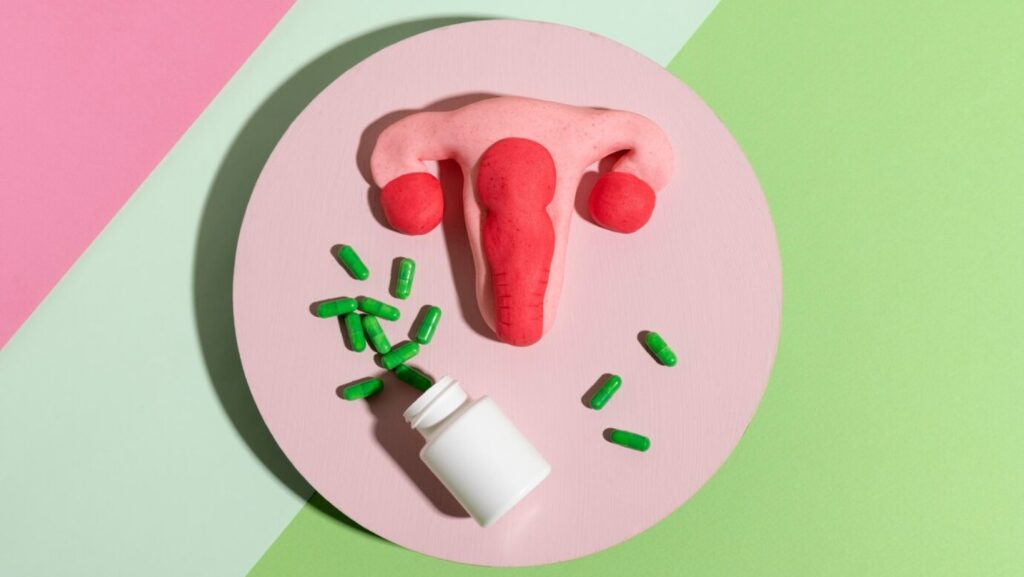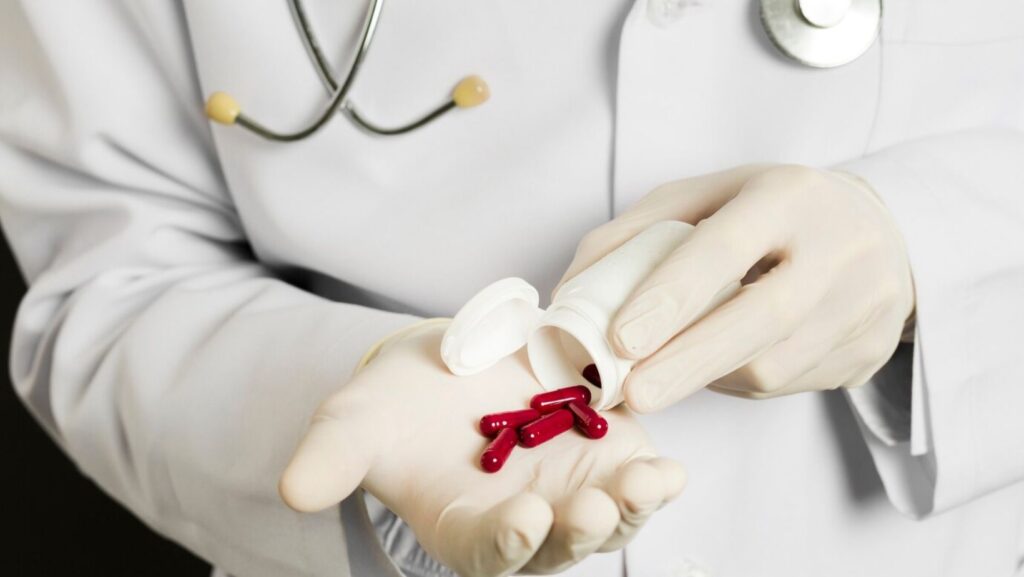Researchers at the University of Virginia School of Medicine have uncovered a surprising mechanism that allows the herpes simplex virus (HSV-1)—the virus responsible for cold sores and genital herpes—to reactivate after lying dormant in the body.
Their discovery, published in Nature Communications, could pave the way for new treatments to prevent outbreaks.
How Herpes Reactivates in the Body

Once a person is infected with HSV-1, the virus remains in the body for life, hiding in nerve cells until it is triggered by stress, illness, or other factors. Scientists have long known that HSV-1 reawakens under certain conditions, but the exact process has remained unclear—until now.
The UVA research team, led by Dr. Anna Cliffe, found that HSV-1 produces its protein to trigger the body’s immune response, which in turn helps the virus escape dormancy.
“You’d think that activating the body’s antiviral defenses would work against the virus, but instead, it’s the opposite,” Cliffe explained. “The virus hijacks the immune response in infected neurons to make a comeback.”
UL12.5 protein was identified as the first viral protein required for herpes reactivation. The discovery suggests that blocking UL12.5 could prevent the virus from flaring up, potentially leading to new therapies that stop outbreaks before they start.
Implications for Genital Herpes and Other Conditions

HSV-1 is best known for causing cold sores, but it also plays a growing role in genital herpes. Once primarily caused by HSV-2, genital herpes cases in the U.S. are now increasingly linked to HSV-1, making the need for new treatments even more urgent.
Notably, Cliffe’s team found that HSV-2 also produces UL12.5, suggesting that both forms of the herpes virus may use a similar reactivation mechanism. That means the discovery could lead to treatments for both cold sores and genital herpes.
Beyond its role in skin outbreaks, HSV-1 has also been linked to viral encephalitis (brain inflammation) and may even contribute to Alzheimer’s disease. Understanding how the virus reawakens could also have far-reaching implications for treating these conditions.
A New Path for Treatments

Currently, there are no therapies that prevent HSV-1 from reactivating. While antiviral drugs like acyclovir help manage symptoms, they do not stop the virus from lying dormant and flaring up again.
The UVA team is investigating how UL12.5 hijacks the immune response and is testing inhibitors that could block its function.
“Developing therapies targeting a viral protein like UL12.5 is an attractive approach,” Cliffe said. “This strategy will likely have fewer side effects than targeting a host protein.”
With millions worldwide affected by HSV-1 and HSV-2, a treatment that prevents herpes outbreaks at the source could mark a significant breakthrough in viral infection management.
Reference: Patryk A. Krakowiak, Matthew E. Flores, Sean R. Cuddy, Abigail L. Whitford, Sara A. Dochnal, Aleksandra Babnis, Tsuyoshi Miyake, Marco Tigano, Daniel A. Engel, Anna R. Cliffe. Co-option of mitochondrial nucleic acid–sensing pathways by HSV-1 UL12.5 for reactivation from latent infection. Proceedings of the National Academy of Sciences, 2025.

